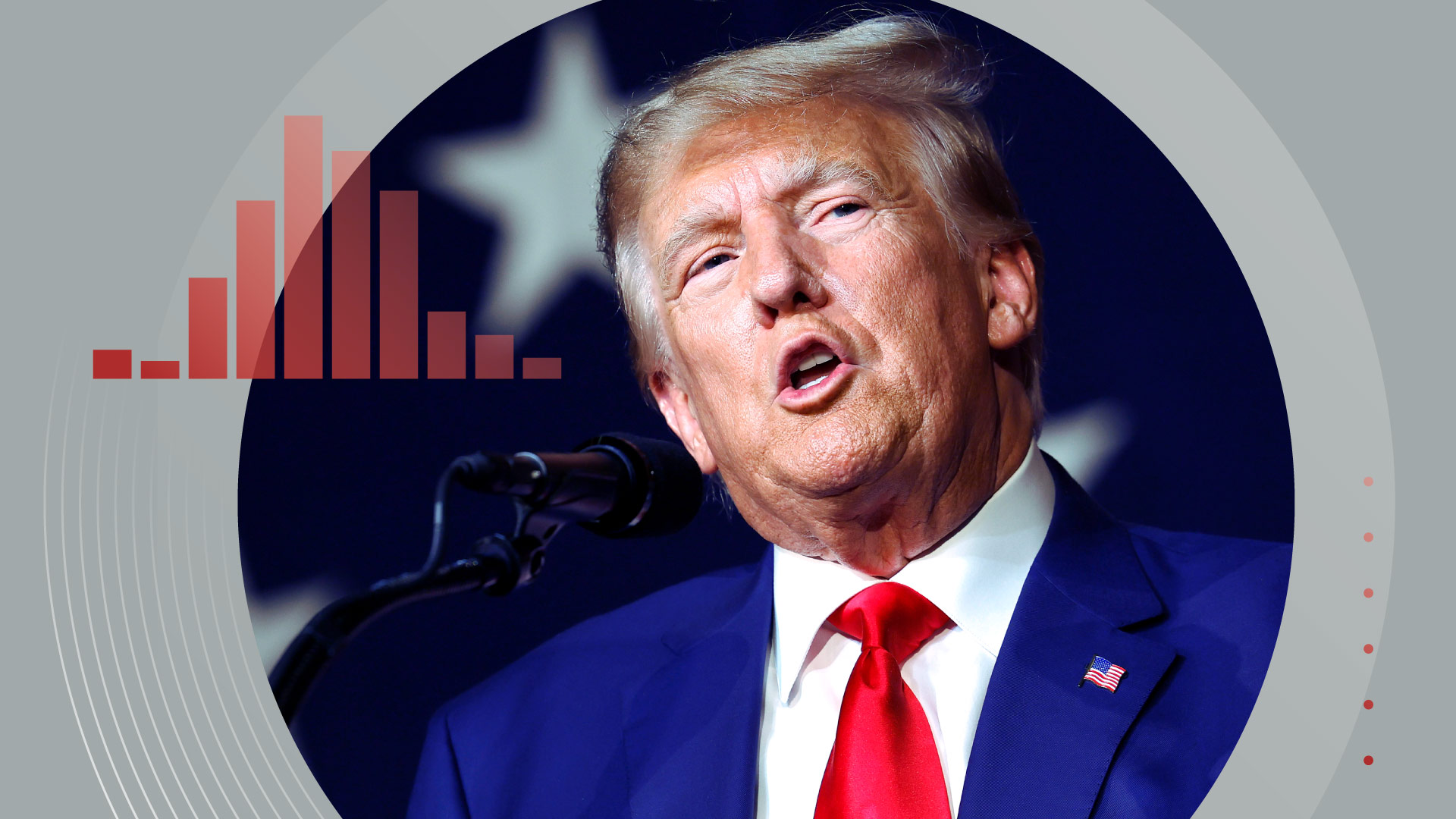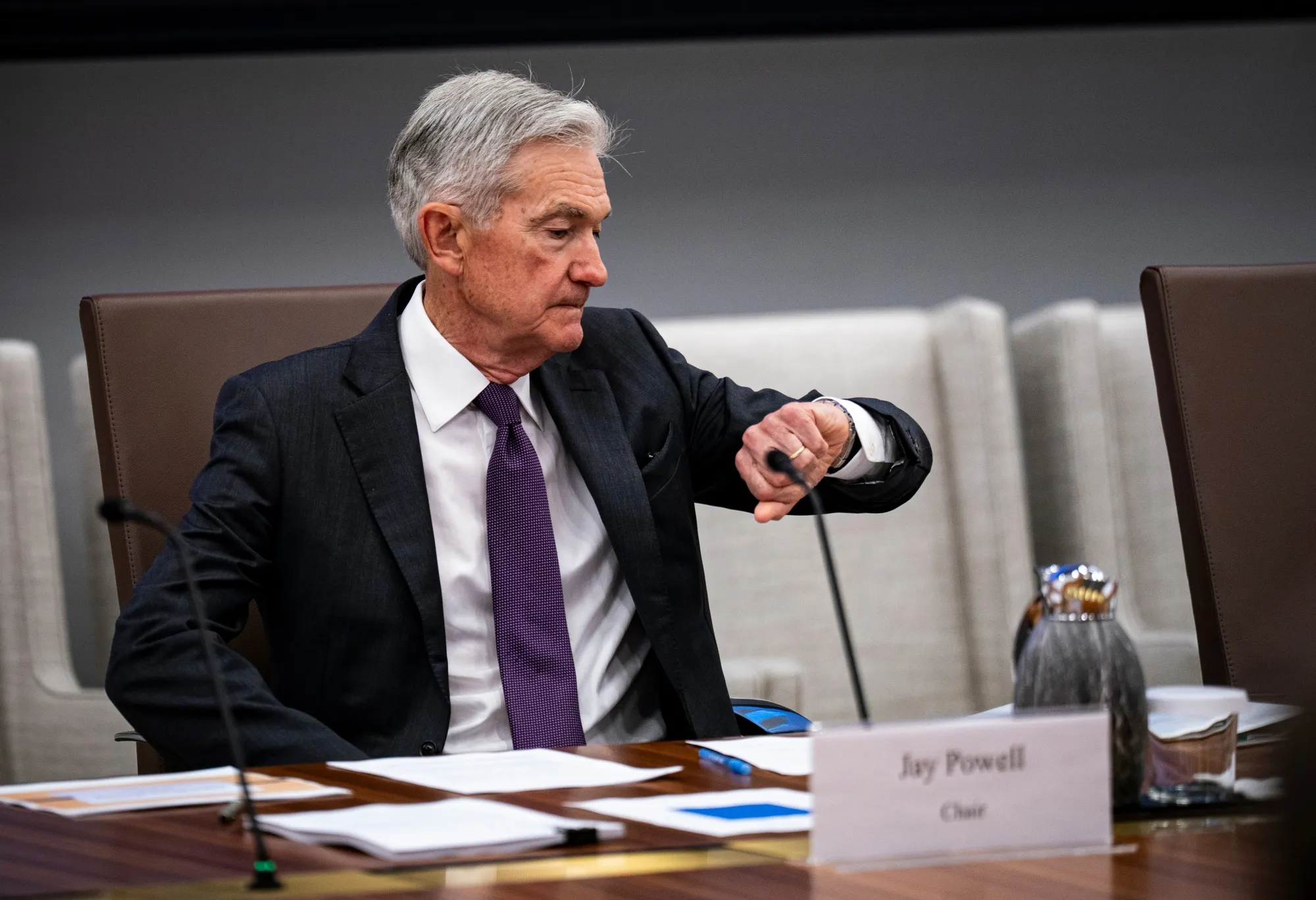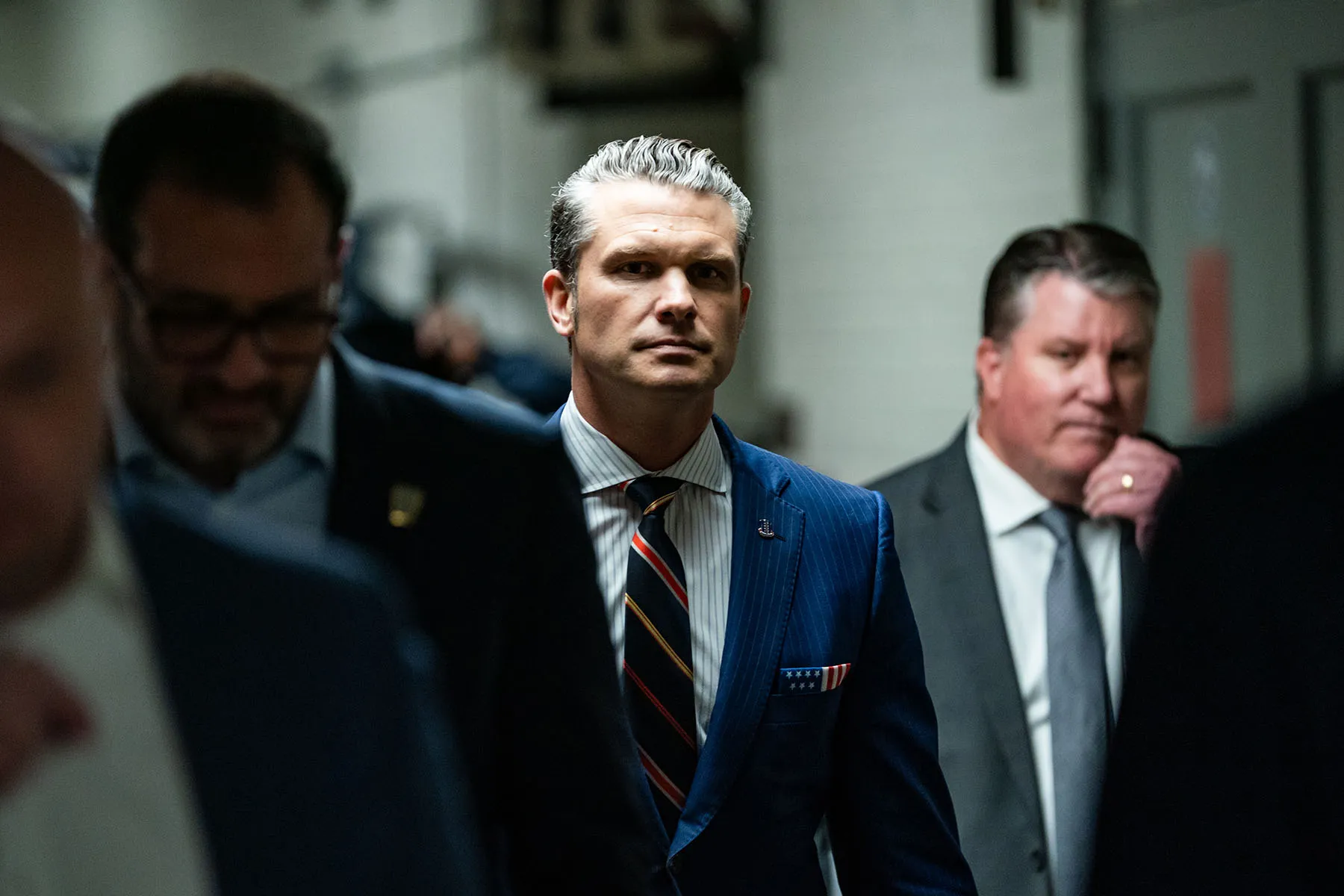Public opinion has always played a critical role in shaping the political narrative in Washington, but under Donald Trump’s presidency, it became both a driving force and a point of intense polarization. Tracking how the American public responded to Trump’s policies, rhetoric, and governing style offers insight not only into his political legacy but also into the shifting dynamics of the U.S. political landscape.
The Early Days: Shockwaves and Strong Reactions
When Donald Trump took office in January 2017, public opinion was already sharply divided. His unconventional approach to campaigning—marked by blunt language, direct challenges to political norms, and a heavy reliance on social media—had set him apart from previous presidents. Early polls reflected this polarization: his approval rating at the start of his presidency was lower than that of most modern predecessors, but his support among core Republican voters was exceptionally strong.
For many, Trump represented a fresh break from establishment politics. His supporters valued his outsider status, believing it would help him tackle issues such as trade imbalances, illegal immigration, and bureaucratic inefficiency. On the other hand, his critics saw his approach as unpresidential, divisive, and destabilizing.
Social Media and the Direct Pipeline to Public Opinion
One defining feature of Trump’s Washington was his use of Twitter as a real-time communication tool. For his supporters, these unfiltered messages reinforced the idea that he was bypassing biased media outlets to speak directly to the people. For his detractors, the tweets often became evidence of impulsive and unstrategic leadership.
Polling during his presidency showed that opinions about his Twitter use were as polarized as opinions about his policies. Surveys consistently indicated that while most Republicans approved of his approach, a majority of independents and Democrats viewed it negatively.
Public Opinion on Key Policies
Trump’s presidency was marked by several high-profile policy moves, each influencing public opinion differently:
-
Tax Cuts and Jobs Act (2017)
Trump’s signature legislative achievement received mixed reviews. Supporters touted it as a boost to economic growth and personal incomes, while critics argued it disproportionately benefited the wealthy and corporations. Polls indicated that while Republican approval remained high, the law never reached overwhelming popularity with the general public. -
Immigration Policies
The travel ban targeting several predominantly Muslim countries and the push to build a border wall drew some of the sharpest divides. Supporters viewed these measures as necessary for national security and sovereignty. Critics saw them as discriminatory and harmful to America’s image abroad. -
Trade and Tariffs
Trump’s aggressive trade policies, particularly toward China, reshaped economic debates. While many Americans supported the idea of protecting U.S. industries, concerns over higher consumer prices and retaliatory tariffs dampened enthusiasm among moderates. -
COVID-19 Response
The pandemic became a defining moment for public opinion. Trump’s handling of the crisis was praised by supporters for actions like the early travel restrictions and Operation Warp Speed vaccine development, but criticized by opponents for downplaying risks and sending mixed messages about public health measures.
The Impeachment Proceedings and Public Sentiment
Trump faced impeachment twice during his term—first over allegations related to Ukraine, and later for incitement of the January 6 Capitol attack. Public opinion during both proceedings reflected deep partisan lines. Polls revealed that while a majority of Americans supported impeachment in both cases, Republican support for Trump remained steadfast, highlighting the strength of his political base.
A Presidency Defined by Polarization
One of the most remarkable aspects of public opinion during Trump’s Washington years was the stability of his core support. Despite controversies, investigations, and constant media scrutiny, his approval rating among Republicans consistently hovered above 85%. This loyalty suggested that for many, Trump’s style and priorities aligned closely with their vision for the country, outweighing concerns about his rhetoric or conduct.
For independents and Democrats, however, Trump’s approval ratings remained low. The entrenched nature of these opinions reflected a political climate where media ecosystems, ideological identities, and party loyalty played decisive roles in shaping perceptions.
Post-Presidency Opinion Trends
Even after leaving office, Trump continues to wield significant influence over Republican politics. Public opinion polls in the years since his departure show that a large portion of the GOP base still views him as the party’s leader. His endorsement remains a sought-after asset in Republican primaries, and speculation about his potential political comeback keeps his public image highly visible.
However, among the general electorate, Trump remains a divisive figure. While his supporters regard him as a champion of their values, critics see his time in Washington as a period of political chaos and erosion of democratic norms.
Lessons from Tracking Opinion
Tracking public opinion of Trump’s Washington underscores several broader trends in American politics:
-
Partisan Loyalty Over Policy Shifts
Many voters assessed Trump less on individual policies and more on whether he aligned with their political identity. -
The Power of Media Fragmentation
Different groups consumed different news narratives, reinforcing existing beliefs and deepening divides. -
Resilience of a Political Brand
Trump’s ability to maintain a strong and consistent base even through scandals and crises shows the enduring power of personality-driven politics.
Conclusion
Public opinion of Trump’s Washington was not merely a reflection of policy outcomes—it was an evolving story of political identity, media influence, and societal division. His presidency became a mirror through which Americans saw sharply different visions of their country’s future. For some, it was a period of restoration and bold action; for others, it was a time of turmoil and democratic backsliding. Regardless of perspective, the patterns in public opinion during his tenure offer a case study in how modern politics, media, and identity intertwine to shape the national mood.



